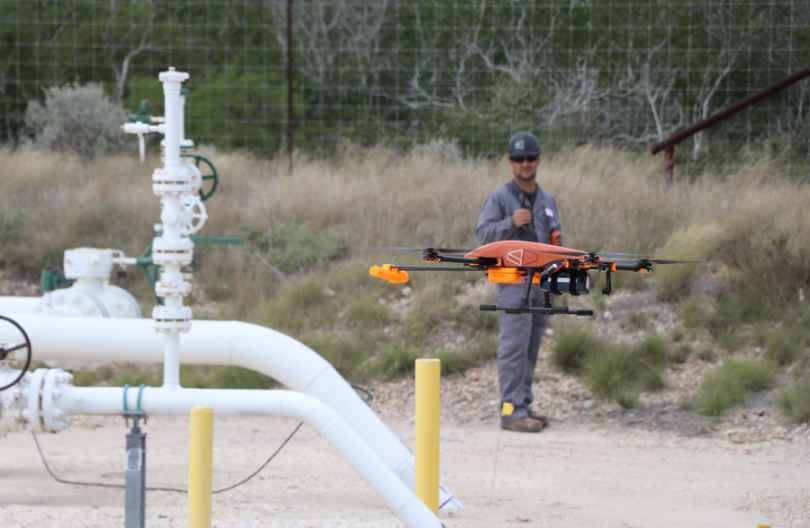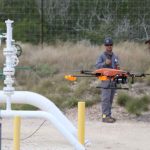SeekOps, a spinoff from NASA’s Jet Propulsion Laboratory, closes Series A-1 to scale energy sector emissions inspection solutions

SeekOps, a sensor tech startup that was formed as a spinoff from NASA’s Jet Propulsion Laboratory, today announced it has secured funding from two strategic investors as part of its Series A-1 fundraising to increase US domestic and global operations. The total amount of investment was not disclosed. Backers include the OGCI Climate Investments fund (OCGI CI), and Equinor Technology Ventures (ETV), the venture arm of Norwegian multinational energy company Equinor.
Founded in 2017, the SeekOps story began at the NASA Jet Propulsion Laboratory, where CEO Andrew Aubrey managed programs focused on adapting NASA technology solutions to solve the hard problems of Oil and Gas companies. Aubrey’s solutions focused on applications of robotics and sensing approaches to keep field personnel out of harm’s way. Together with co-founder Brendan Smith, Aubrey successfully demonstrated the utility of small sensor technology on UAS to critically enhance oilfield health, safety, and environmental needs of the oil and gas sector. The pair left JPL to begin SeekOps Inc. in order to provide commercial solutions based on the core NASA technology the two had developed as a unique solution for leak detection and quantification.
SeekOps develops and fields advanced sensor technology to detect, localize, and quantify natural gas emissions through integrated drone-based systems. SeekOps manufactures miniature gas sensors, called SeekIR®, and integrates them onto drones to provide unique capabilities for emissions detection, localization, and quantification. Using their proprietary technology solution, SeekOps enables comprehensive emissions inspection in a fraction of the time required by traditional ground surveys, resulting in significant cost savings for operators.
SeekOps provides emissions data quickly, affordably, and safely to keep customers’ system operating at peak performance. Its advanced sensor technology allows its customers to meet the most rigorous operational and regulatory demands while safeguarding valuable resources. SeekOps’ state-of-the-art capabilities were validated during the 2018 Mobile Monitoring Challenge, an independent evaluation led by Stanford University and the Environmental Defense Fund, as the top-performing technology for emissions localization and quantification on Unmanned Aerial Systems.
“The use of SeekIR precision sensors on drones provides the oil and gas industry with an efficient solution for emissions inspection that saves operators time and money. This value has been realized by multiple oil and gas customers as a prime business case – early adoption is strong in US and international markets,” CEO Andrew Aubrey, said.
SeekOps currently offers energy sector drone services using its gas-sensing capabilities in the upstream and downstream oil and gas markets. In addition to current field services, SeekOps’ growth plans for 2020 will emphasize product sales and real-time data reporting. The SeekIR product line will include handheld and vehicle-mount sensors to increase emissions measurement and reporting standards across the industry for environment, health, and safety.
Equinor, a member company of OGCI CI, has been an early adopter of SeekOps technology since 2017. Equinor previously invested in SeekOps through ETV in June 2018 and also participated in this follow-on round. “Equinor remains excited about the company’s development and continues to follow its growth with great interest. We are pleased to be joined by OGCI CI as co-investor in SeekOps and look forward to working together in the future,” says Rannfrid Skjervold, Managing Director, ETV.
Commenting on the funding, Pratima Rangarajan, CEO of OGCI Climate investments, added, “At Climate Investments, we are focused on finding innovations that can detect, measure and mitigate methane emissions. SeekOps’ technology is complementary to the rest of our portfolio and provides a cost-effective and accurate method for detection, localization, and quantification of emissions.”

SeekOps Founders




